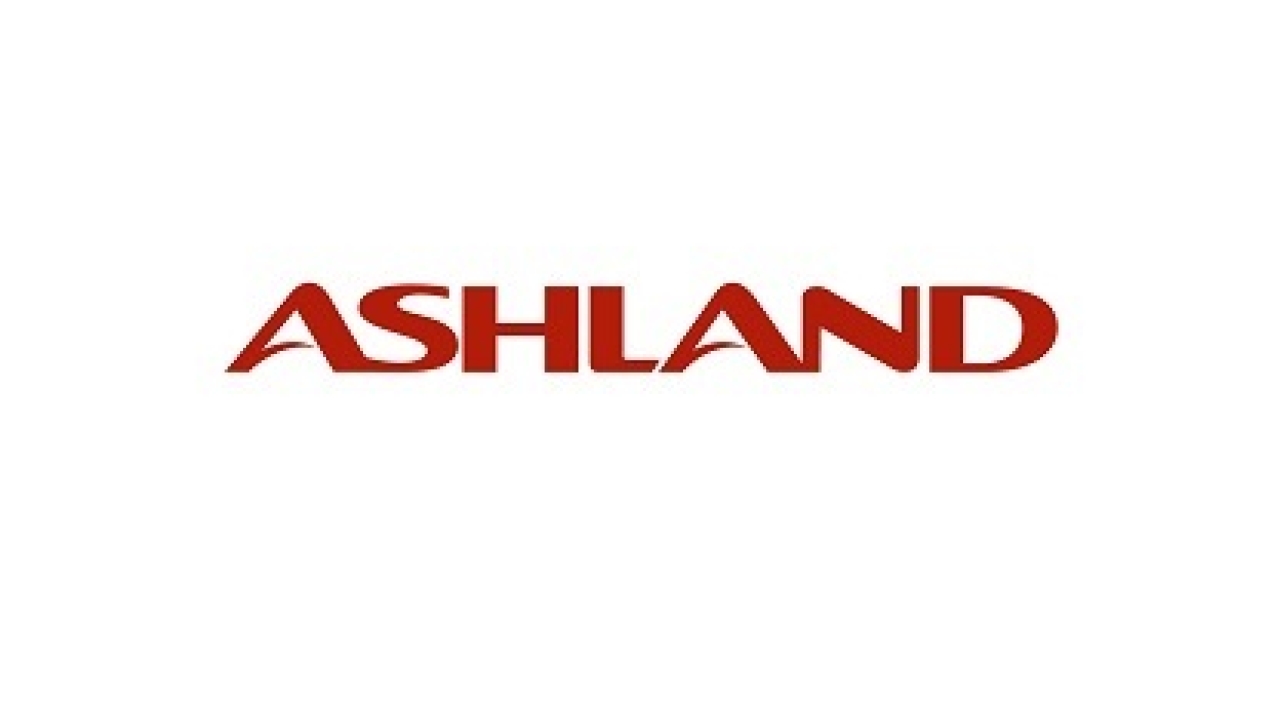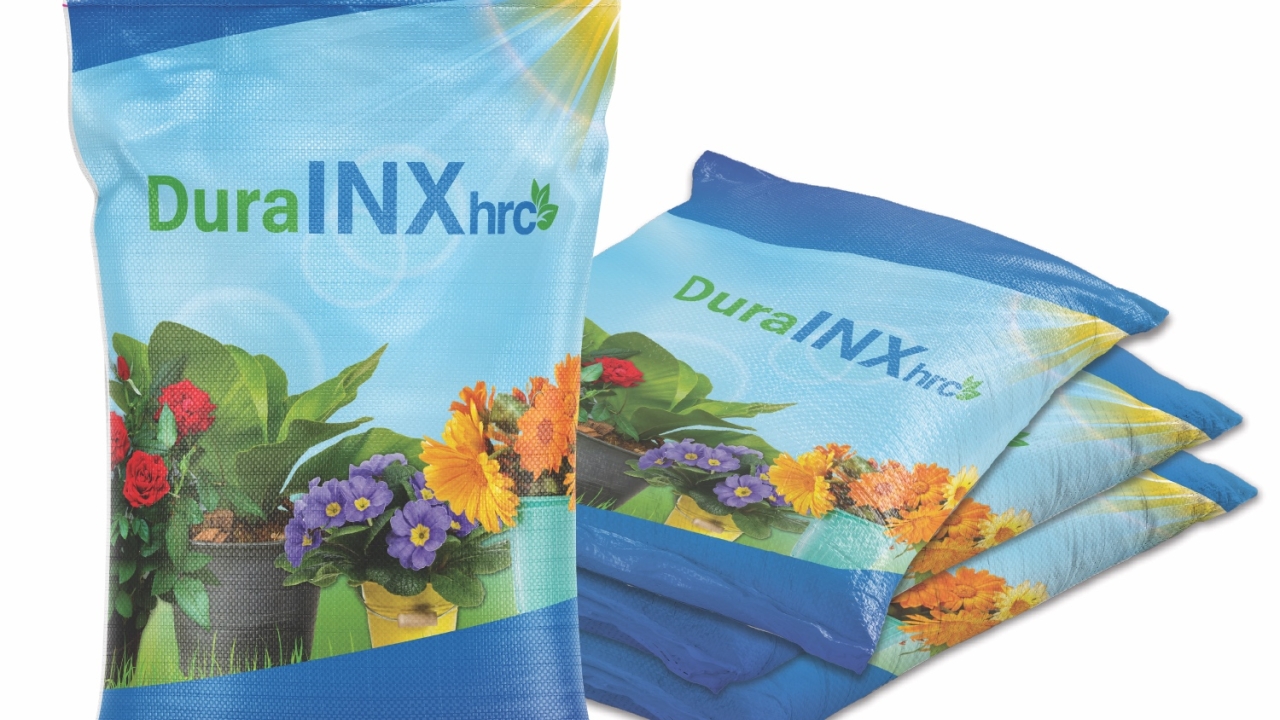Ashland promotes offering for digital printing and flexible packaging
Ashland used Labelexpo Americas 2014 to showcase its range of new products designed to allow label converters to grow into digital printing and flexible packaging applications, and digital flexible package printing directly.

Its presence demonstrated new laminating adhesives, Safecure A320/B440 and Purelam A9500/B9240, to further food safety within the flexible packaging market by utilizing Ashland’s global risk-assessment approach to ensure such products are fit for purpose. The Safecure and Purelam products are both solvent-free and can be cured at room temperature.
Other new products include Purethane A-1090 and Solvester EA2130-65/110, water-based and solvent-based laminating adhesives respectively.
Purethane is said to enable improved performance when used with conventional solvent-based inks, and feature the required heat performance for thick gauge sealing films and zipper installations.
Solvester has a fast curing time that allows slitting in less than four hours after lamination and aggressive ingredient resistance while maintaining a pot life of more than eight hours. It is also compatible with ethyl acetate-based laminating adhesives , and offers ‘exceptional clarity’ in final laminates so is recommended for high heat applications such as retort packaging and microwavable types.
Both Purelam and Purethane are recommended for use with HP Indigo press technology, such as the 20000 model which has been on show at Labelexpo Americas 2014, for digitally printed flexible packaging.
Other Ashland products are developed for use with HP Indigo’s digital process, furthered by 13 UV and water-based overprint varnishes within its PureRad and PureKote OPV clines certified by Rochester Institute of Technology. These products are now commercially available for use with HP Indio narrow web printing presses.
Ashland hosted a briefing on September 10 to talk directly about some of these products, and to promote its risk assessment approach to ensure products are fit for use.
Joseph Spinnato, Ashland’s regulatory compliance manager, explained the five steps in this process, from determining all analytes, the use of conservative toxicological data to establish limits, using application data to determine appropriate consumer exposure defaults, testing in all applicable temperatures and conditions with the right food types and perfuming risk assessments for the packaging’s intended use.
‘We must understand how the package will be used and develop and test accordingly,’ Spinnato said.
‘We have invested in state-of-the-art equipment in our laboratories to this end, which enable us to demonstrate and prove the suitability and compliance of our products to both regulatory levels and our own risk assessment approach.’
A recent investment has been in a Nordmeccanica Super Combi 3000 Wet production coater, which enables the replication of real-word testing conditions.
Stay up to date
Subscribe to the free Label News newsletter and receive the latest content every week. We'll never share your email address.

